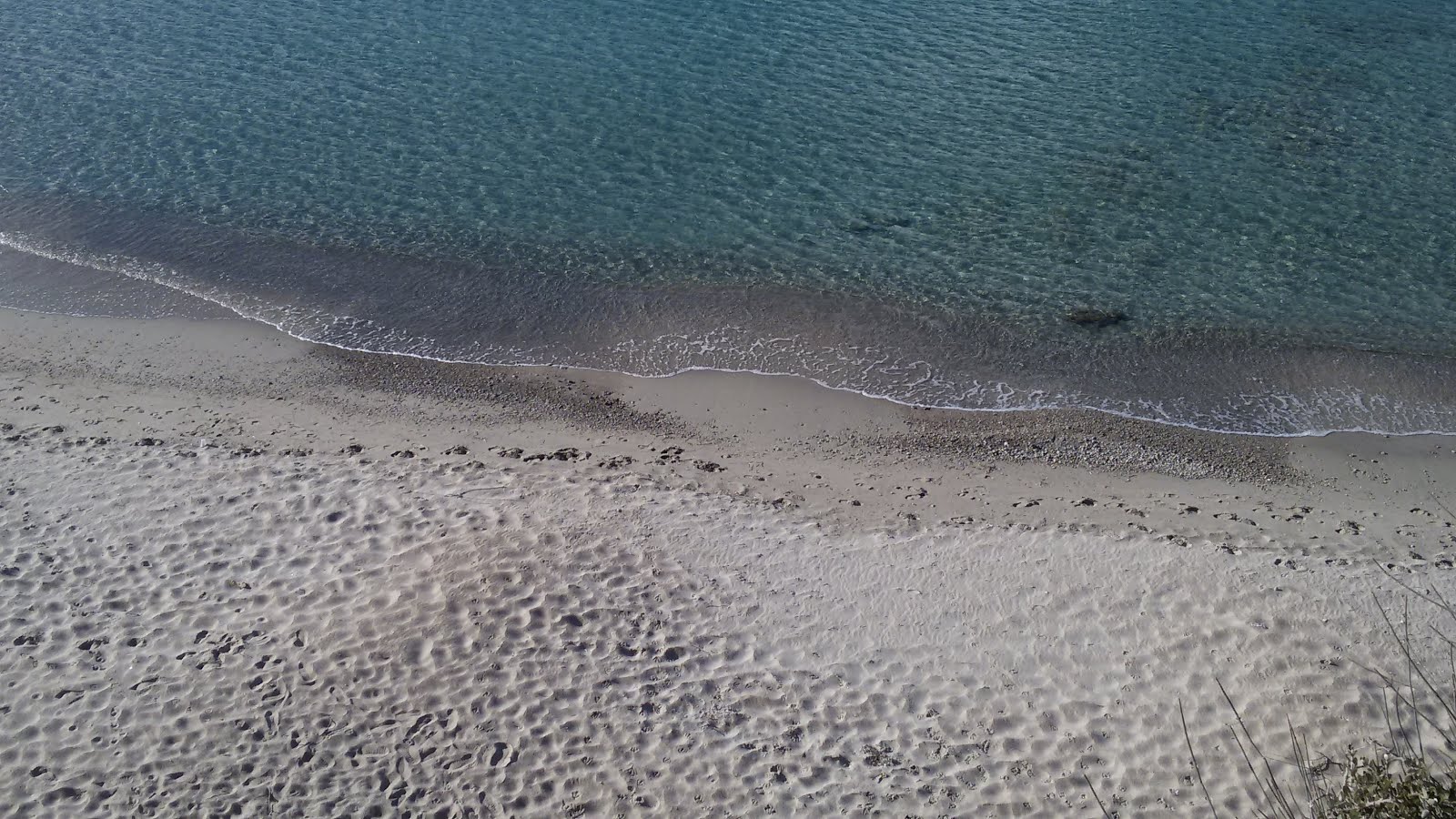
Cunda…Throughout ages it has been given different names to this island. Nesos, Hekatos, Moshinostu….
The last name, which means ‘Beautiful Smell’, was given by Greeks of Anatolia who lived untigl 1924. After that Cunda has been populated with Turks coming from Greece, Lesbos and Macedonia.
Whatever name has been given to Cunda, it has its unchanged characteristics. Narrow streets, stone houses, olive oil, papalina, cats …
The symbol of Cunda is Taşkahve (Stoned Coffee House). The building has a glorious architectural style with huge windows and a enormous high ceiling. If you are lucky, you can chat there with old people of Cunda who stil remember the good old days when greeks and turks lived in harmony.
Whatever name has been given to Cunda, it has its unchanged characteristics. Narrow streets, stone houses, olive oil, papalina, cats …
The symbol of Cunda is Taşkahve (Stoned Coffee House). The building has a glorious architectural style with huge windows and a enormous high ceiling. If you are lucky, you can chat there with old people of Cunda who stil remember the good old days when greeks and turks lived in harmony.
Another place to visit in the island is Taksiyarhis Church. Constructed in 1873, church has been the major worship place for Greeks living around that area. Today it is impossible to step inside cause it is about to collapse, because of not enough care by Turkish authorities.
More tips:
Once you are there you should not miss tasting its special cuisine. As the motherland of olive, this region’s cuisine has a variety of tapas made by olive oil, herbs and plants and named like stinging netle, sea pea etc.
Moreover if you are a fish lover, Papalina, very special kind of fish only found in Ayvalık and Cunda is waiting for you but you can only eat Papalina in August and September.
Bay Nihat (Mr. Nihat) is the best place to have fish and other typical island tastes.
Do not forget to have a Turkish coffee in Taskahve before leaving Cunda.

Hiç yorum yok:
Yorum Gönder